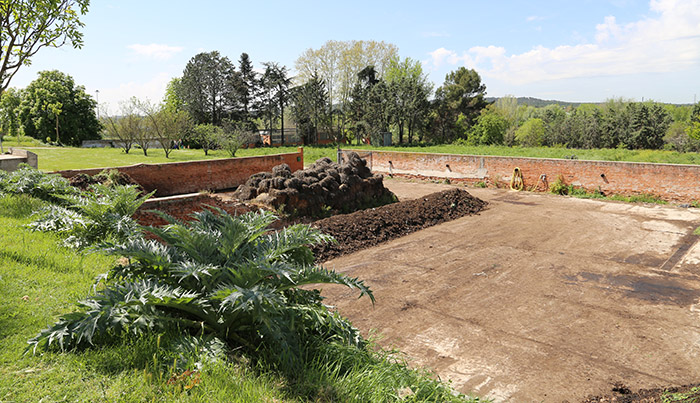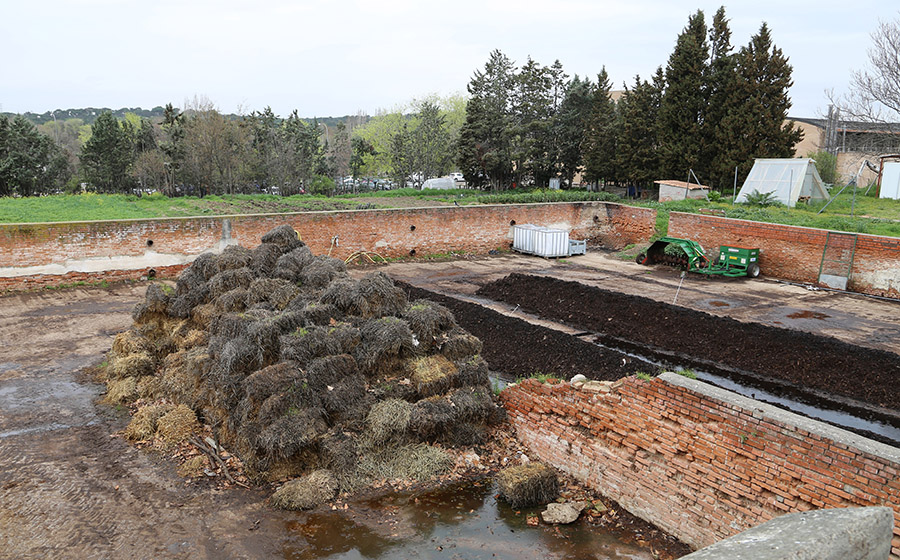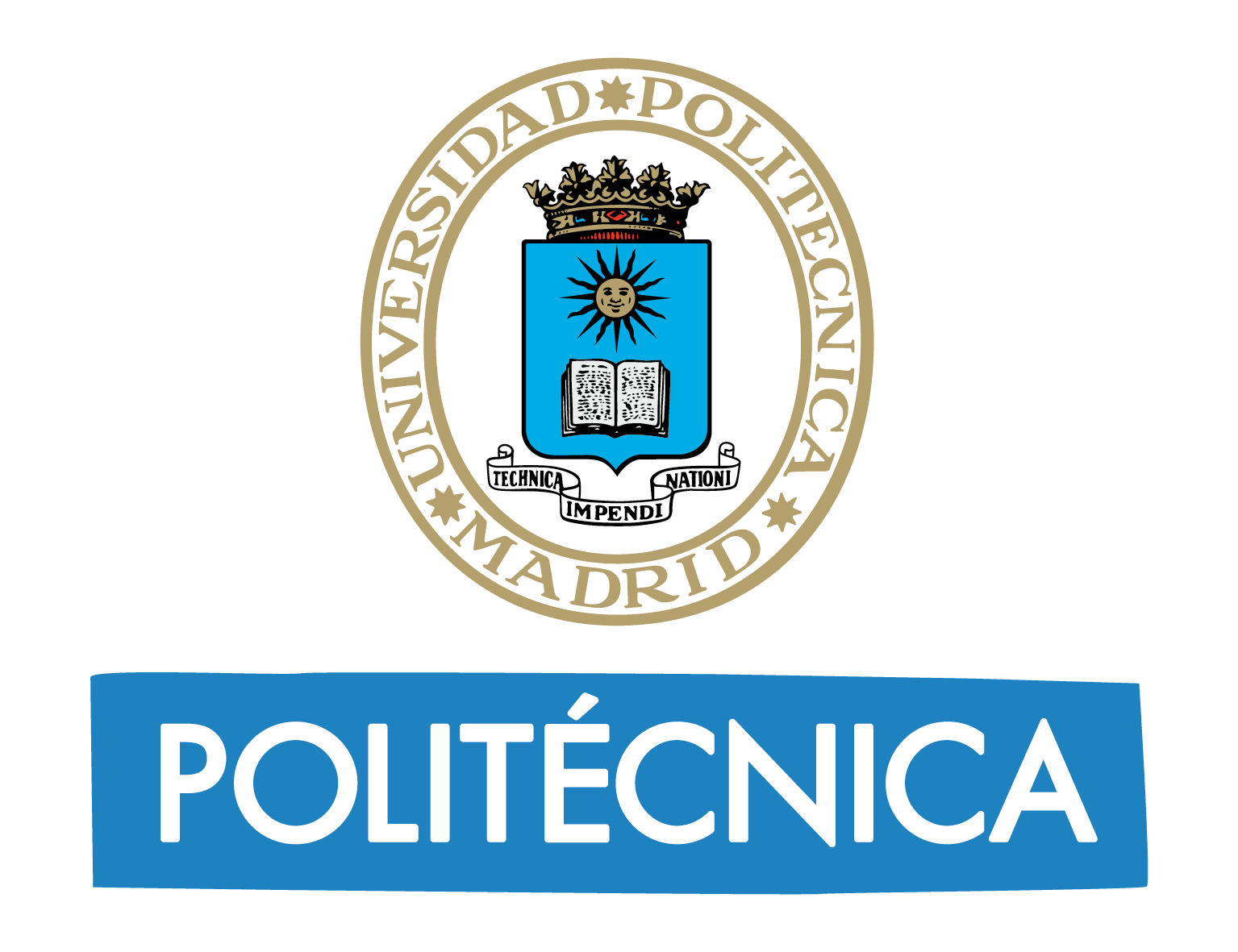Composting at the ETSIAAB: sustainable management of organic resources
The ETSIAAB is optimising its composting plant to double its production capacity to promote a more global use at the UPM as part of a project established by Professor Alberto Masaguer.
The Escuela Técnica Superior de Ingeniería Agronómica, Alimentaria y de Biosistemas (ETSIAAB), with the goal of sustainability, has been working for more than a decade on the sustainable management of the organic waste from its facilities through its composting plant.
Located in the ETSIAAB's agronomic experimentation fields this infrastructure has functioned in a basic way working with only 30% of the possible waste generated. To get the full potential out of the plant, the Department of Agricultural Production of the ETSIAAB insisted on the need to update and expand the facility through the REMO project, the Spanish acronym for 'Composting Campus, Recycling Organic Matter'. The optimisation proposal is already up and running. Investment in new machinery and the adaptation of the facilities will help achieve the goal: of doubling compost production.

Composting plant located in the ETSIAAB Agronomic Experimentation Fields
A benchmark in sustainability
The ETSIAAB composting plant (approximately 735 m2) is in what was a pond for lysimeters. It started as a composting plant in 2010 to use the garden waste from around the ETSIAAB's buildings and the trash from the agronomic experimentation fields, such as waste from livestock facilities and crop residues from the experimental plots and pruning.
The renovation of the plant to enhance compost required mainly updating the machinery, improving the drainage systems and building new facilities for vermiculture. A notable investment was needed to make this possible: the budget for purchasing machinery and adapting the facilities was around 61,000 euros.
For this, the REMO project was presented to the "First Call for projects and actions to promote the ecological transition at UPM", where it was awarded. This optimisation aims to turn the plant into "a benchmark for environmental sustainability at the UPM and an example of integrated management of organic waste produced on the 'Ciudad Universitaria' campus". The circular economy principles are applied, as shown in the proposal submitted in 2021 by Alberto Masaguer, professor in the Department of Agricultural Production at the ETSIAAB and coordinator of the project since its start. Professor Masaguer, who passed away recently, contributed to this initiative. His work has been essential to the success of this initiative.
Although the UPM approved the project from the start, the initial request had to be modified to consider the proposal of the 'School of Forest Engineering and Natural Resources' (ETSIMFMN), presented by Professor César López Leiva, who needed a composting plant to make use of the organic waste from this centre. In addition, the ETSIAAB's facility will provide a service to the ETSIMFMN to share resources between the two schools. Thus, this initiative will also manage the ETSIMFMN's arboretum and garden waste.

Material resulting from the composting process at ETSIAAB
Paths for improvement
Although a complete optimisation of the ETSIAAB's composting plant will take time, the first steps have already been taken, including purchasing a pruning shredder that can also be moved to other areas to reduce transportation. "In anticipation that the plant could operate at a higher volume, it was essential to purchase a shredder that would allow 25-centimetre branches," explains Marta Benito, professor of the Department of Agricultural Production in the ETSIAAB involved in this project.
The second essential element for modernisation is the acquisition of a compost turner, as the current one is about ten years old and has reached the end of its lifespan. "The two keys to composting are oxygen and moisture. The compost turner moves the waste pile and maintains an aerobic environment to achieve the required result. Therefore, it is crucial to have a suitable machine", says professor Benito.
The project has already purchased compost blankets to regulate humidity and avoid gas loss. Besides, installing a temperature and humidity measurement system is needed, allowing condition fluctuations to reach the most optimal effect.
The REMO initiative also intends to create a new vermicomposting area, which previously existed but was devastated by the storm Filomena in January 2021. In an area of 100 m2 very close to the plant, worm humus was produced with highly valued characteristics in agriculture. The aim is to "re-establish the activity and obtain a high-quality humus and develop a pilot installation that could be of great interest in scientific dissemination conferences", as explained in the project proposal.
The ETSIAAB's Department of Agricultural Production has managed to reduce the costs of purchasing machinery as much as possible, searching for sustainable investment. Therefore, the aim is to continue using these savings to improve the plant. They are working to acquire a trailer to transport the organic material from the ETSIMFMN to the ETSIAAB and remodel the composting plant, making a ramp and setting up a storage area for the final matter.

Composting plant located in the ETSIAAB Agronomic Experimentation Fields
A more global future
The ETSIAAB can produce more than 20,000 kilos of compost annually with the current facilities. The improvements that are currently being comprised can eventually double this figure. The composting plant uses different raw materials from the school and the fields to obtain the final product; chicken and rabbit manure, pig slurry, different-sized pruning waste, grass straw and fruit and vegetable waste.
"Composting speeds up the organic matter decomposition process that would otherwise occur naturally. Depending on the material used and the pile size, we fix temperature, humidity and oxygen conditions, rushing the process as much as possible," explains professor Benito. "The piles are subjected to high temperatures, around 65 degrees, to eliminate pathogens and weed seeds. This, together with turning to oxygenate the environment, accelerates compost production. We get the composted matter in 4 to 6 months," she adds.
Once the final compost is obtained, it is used in the agricultural plots and orchards. When smaller material is required - especially for meadows, seedbeds and potting soil - it is sent outside the school to 'Migas Calientes' Composting Plant of the Madrid City Council, where it is sieved. The future objective is to carry out the whole process from the ETSIAAB plant by acquiring a compost sieve machine, although the purchase is not considered in the current project.
The REMO initiative aims to estimate the integrated management of plant waste and livestock buildings with organic waste from cafeterias to extend the composting process. Furthermore, and with a more global scope, it proposes studying the feasibility of managing organic matter produced in the UPM facilities throughout 'Ciudad Universitaria' as a whole.
The ETSIAAB tries through all these initiatives to be a reference in sustainable management of organic waste, in line with the SDGs. Furthermore, it attempts to show its composting technology to companies in the sector and the students of the different UPM Schools.


